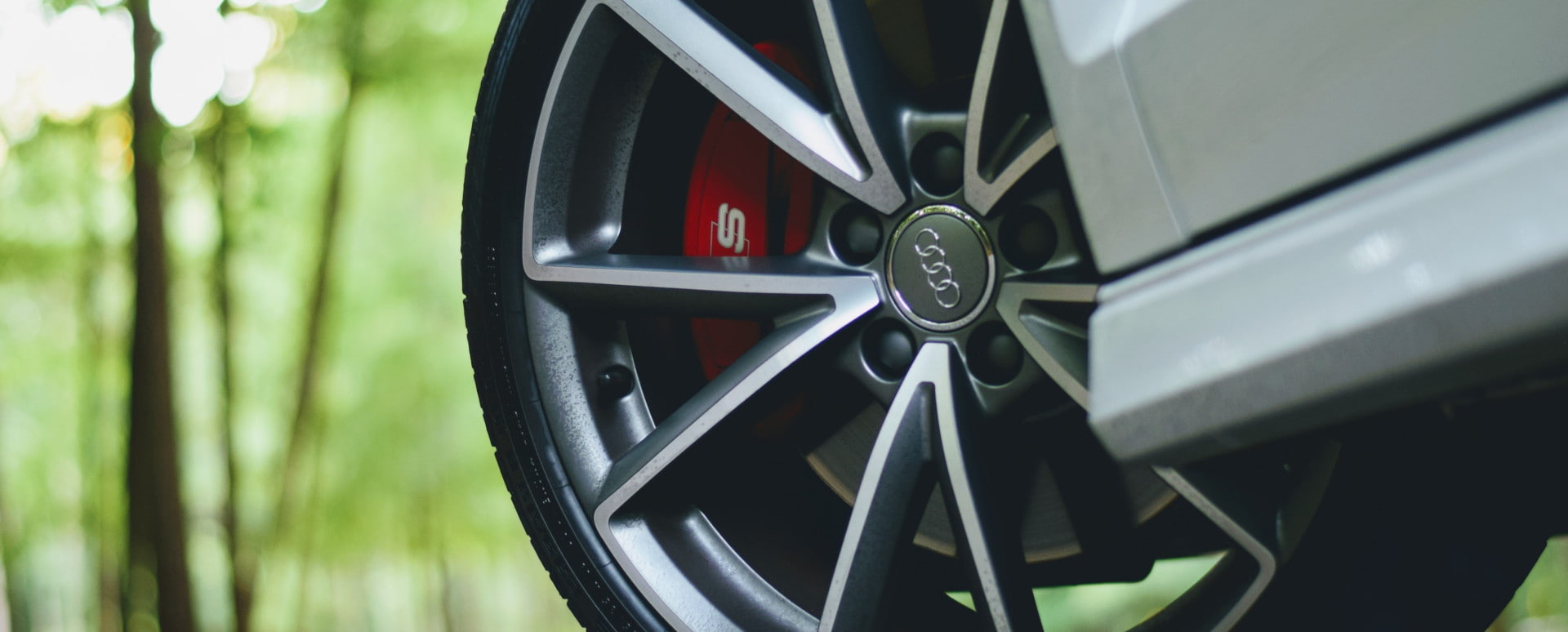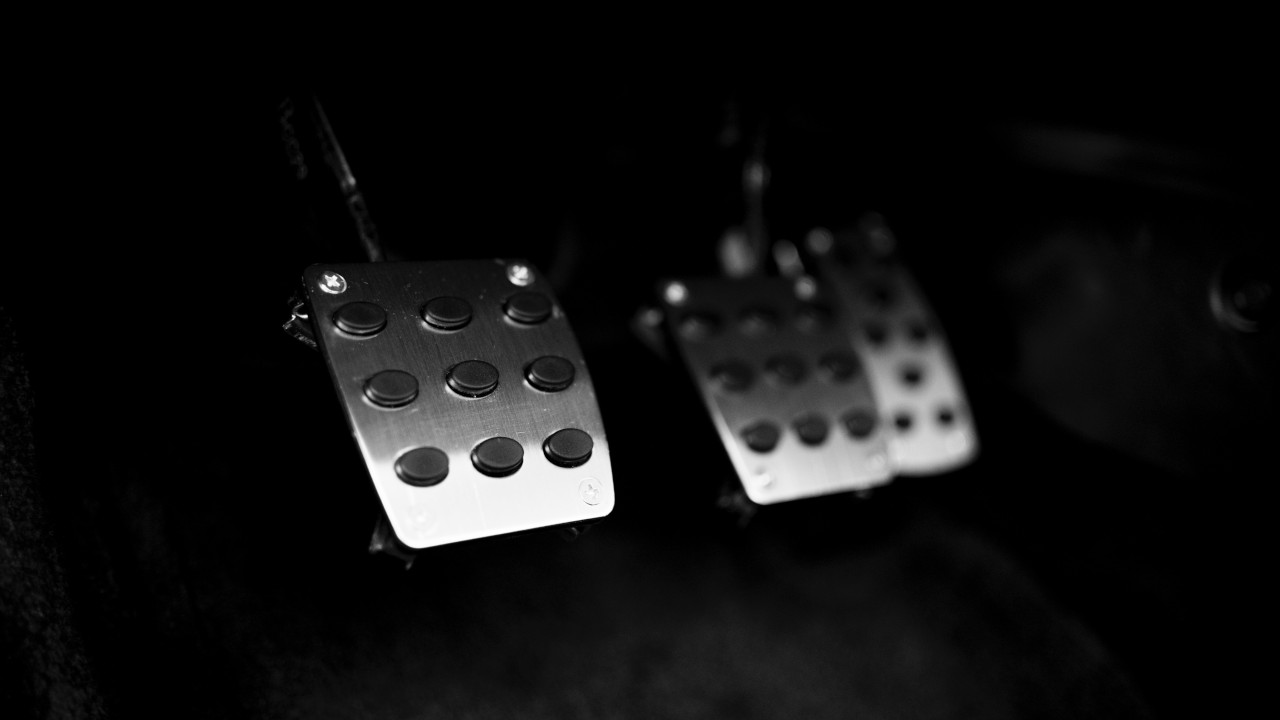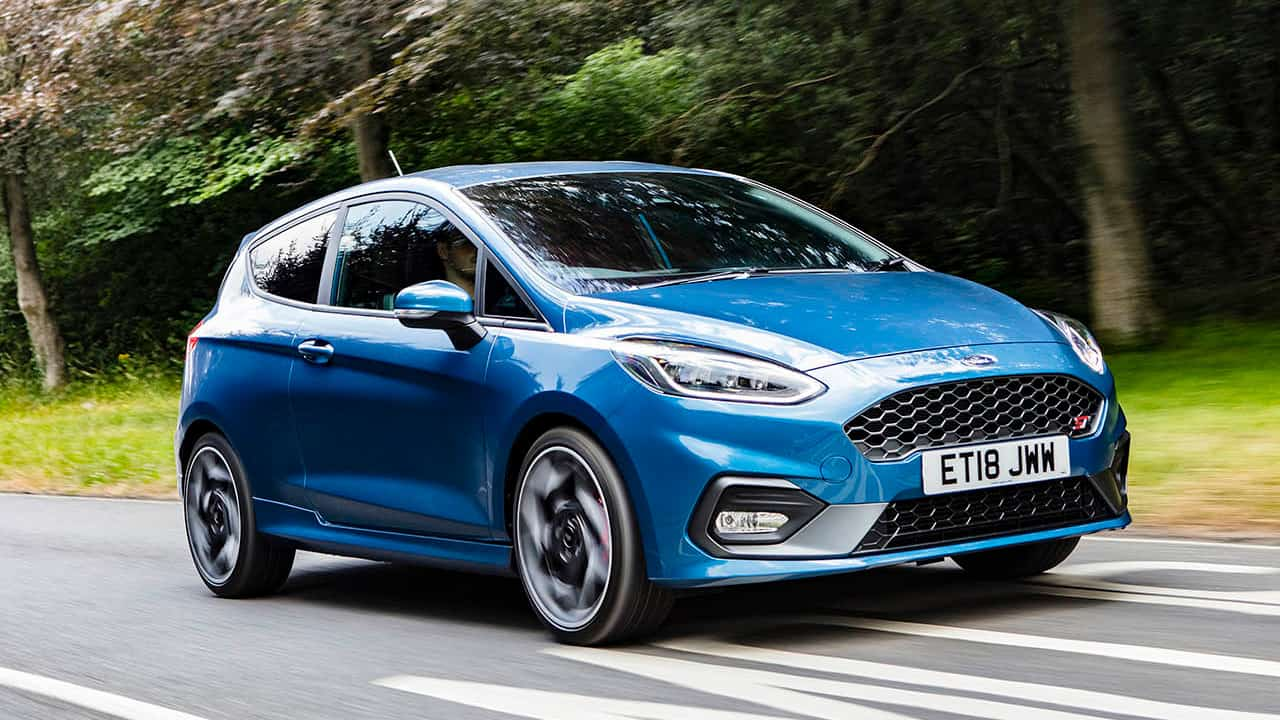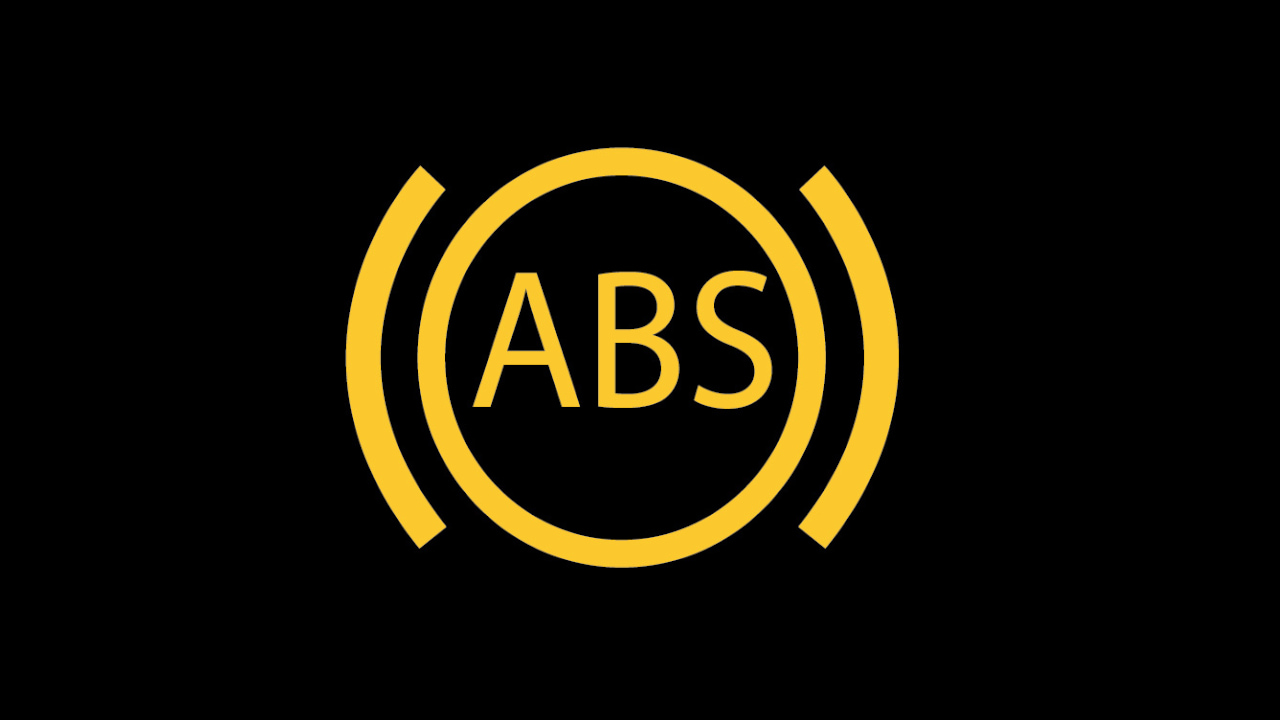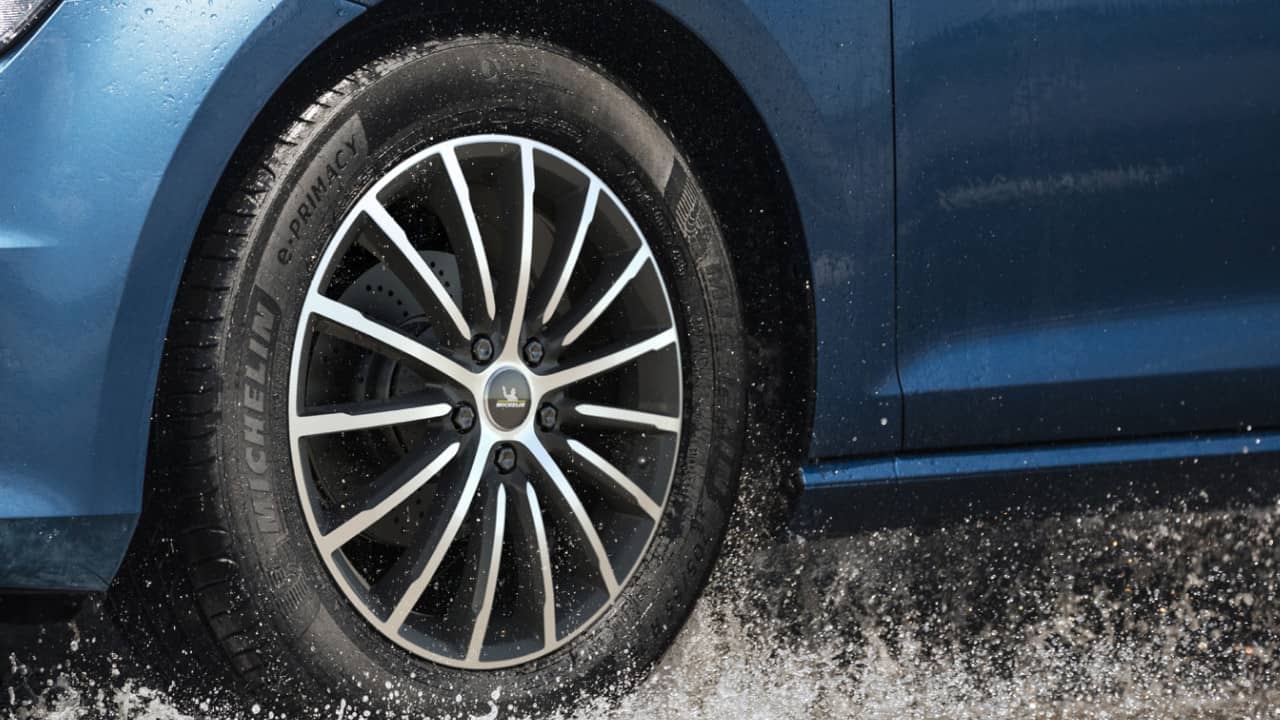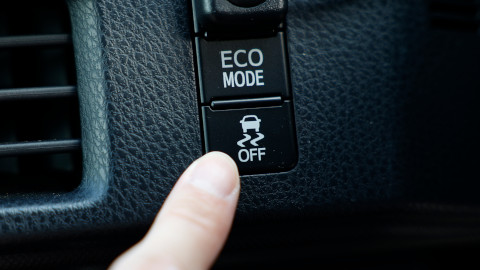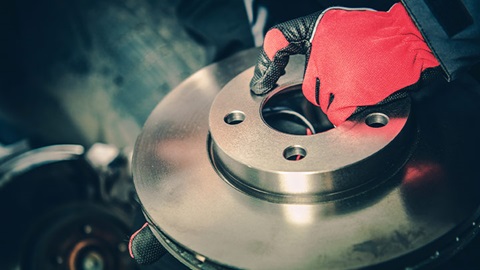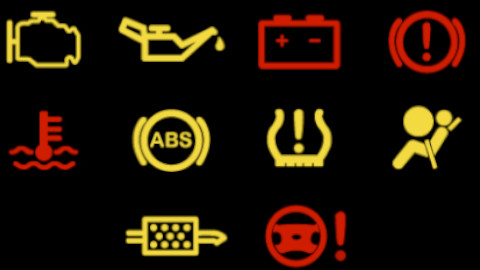Guide to Anti-lock Braking Systems (ABS)
27th Sep 2022
By Edward Cook
What does ABS on a car mean?
ABS stands for Anti-lock Braking System and is a clever tool that assists in stopping your car.
Whilst it's a system that's better off not used, ABS proves crucial in emergencies when heavy braking takes place, and can prove particularly helpful when road conditions are tricky, like those you'd experience in the rain or winter.
In this article, we will take a look at ABS in more detail and answer a variety of commonly asked questions related to the handy braking system.
- What does ABS do?
- How does ABS work?
- ABS warning lights explained
- How to activate ABS on your car
- Pros and cons of ABS
What does an anti-lock braking system do?
Many drivers would have experienced an ABS system kicking in during their time on the road, but a significant amount are unaware of what it actually does.
ABS kicks in under heavy braking and gives the driver better control over the car by keeping the rotation of the wheels consistent, allowing the car to slow down or stop in a safe manner. As ABS allows you to maintain control of the car during heavy braking, you're able to steer away from and avoid hazards in the road.
Without ABS, your car's tyres would experience what's known as 'locking up'. This is where your brakes will stop your wheel from rotating altogether, causing them to skid across the road's surface. A wheel lock up can be dangerous as it causes the driver to lose control of the car's steering, which can lead to accidents and collisions, and also damage the tyres by causing a flat spot.
How does ABS work?
An ABS system works by using sensors to calculate each individual wheel's rotation speed. If the sensors detect one or multiple wheels are rotating at different speeds, it will activate the ABS system to level this out by reducing the brake pressure for that particular wheel(s).
The sensors are sensitive enough to register small changes in rotating speeds and can make multiple adjustments every second. If your wheels begin to lock again after the ABS has activated, the ABS will step back in to adjust rotating speeds once more.
The ABS system is only really there for emergencies, so if it activates multiple times on a journey, you may want to adjust your driving style to better suit the road's conditions.
ABS warning lights explained
On modern cars, there are a wide variety of warning lights that can be triggered from time to time, one of which is the ABS warning light. Your ABS warning light is fairly easy to spot – it should be a circle, with 'ABS' written in the middle, as seen in the image above.
When the ABS system is activated during heavy braking, it may trigger an indicator on your dashboard to let you know it's in operation. It will only be temporary, though, and you may see it flickering as the ABS activates and deactivates itself during braking.
Your ABS warning light will also appear when you start your engine as your car's computers check the ABS is working as it should. If this warning light remains, it could mean there's a more serious issue that needs looking at.
What should you do if your ABS warning light stays on?
If your ABS warning light stays on after your car has started up, you'll need to get it looked at. It could be for a variety of reasons, but the most common issues include:
- Damaged or dirty ABS sensors
- Issues with wires and electronics
- A blown or damaged fuse
- The system has been turned off
If it's just your ABS warning light that's on, then your brakes will work as normal, so you're safe to take your car to your nearest garage. However, if both your ABS warning light and your brake warning light are illuminated, you will not be able to drive your car anywhere as it's unsafe.
How to activate ABS on your car
It's a legal requirement for all cars built after 2004 to have ABS fitted, and you may be wondering how you activate it on your car. Upon starting your engine, your ABS system should automatically turn on, and you'll see an ABS light on your dashboard temporarily as it checks itself over.
When driving, your ABS system will be automatically activated under sharp or heavy braking as it adjusts the brake pressures to maintain optimal wheel rotation speeds. When your ABS is activated, you may see a warning light temporarily flash up on your dashboard, and your car may judder or vibrate momentarily.
If you're planning on testing your ABS system, you should only do so when it's safe. This means finding a quiet, straight stretch of road, and only testing it when you're sure there are no cars around. The process is exactly the same as when you practised emergency stops when you learnt how to drive.
Pros and Cons of ABS
As with most systems, there are a variety of advantages and disadvantages to the anti-lock braking system. Overall, it's an extremely useful system to have, as it ensures optimal safety in all road conditions.
Advantages of ABS:
- Maximum stopping power, which proves particularly helpful when wet or driving on ice
- ABS allows you to maintain control over the car when under heavy braking
- You'll have peace of mind knowing an advanced safety system is by your side
Disadvantages of ABS:
- If something goes wrong with the ABS system, it can be an expensive job to repair
- On some road surfaces, such as loose gravel, the ABS system can occasionally become confused
More automotive advice from Evans Halshaw
Anti-lock brakes are a useful bit of kit that help you get to your destination in the safest possible manner. As a system that doesn't need switching on manually, you'd be forgiven for not knowing what it actually does, but you will now be more clued-up on how ABS benefits you on a daily basis.
If you're concerned about your ABS system or would simply like a vehicle health check-up, your nearest Evans Halshaw dealer will be able to help out. Alternatively, our blog section is home to a wide range of informative owner's guides to help you understand your car that bit more.

